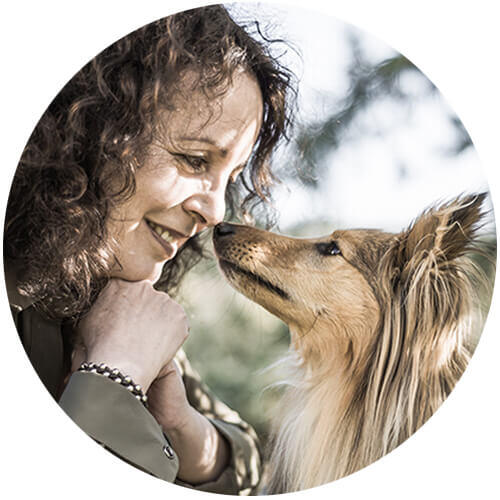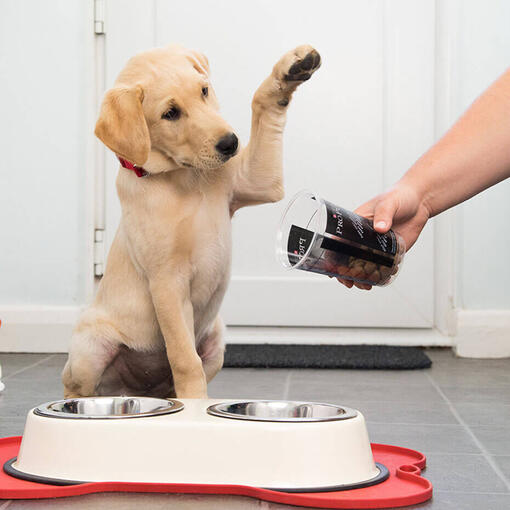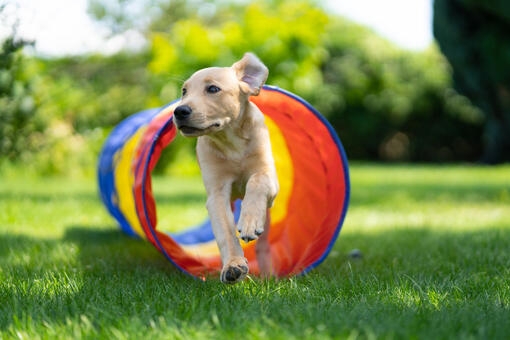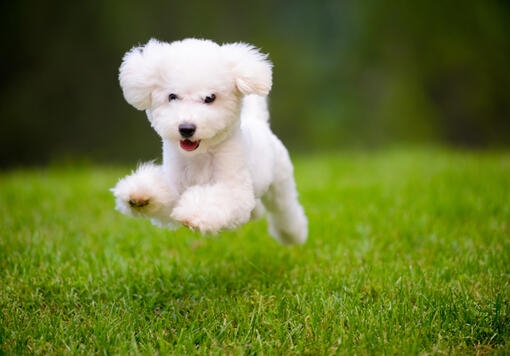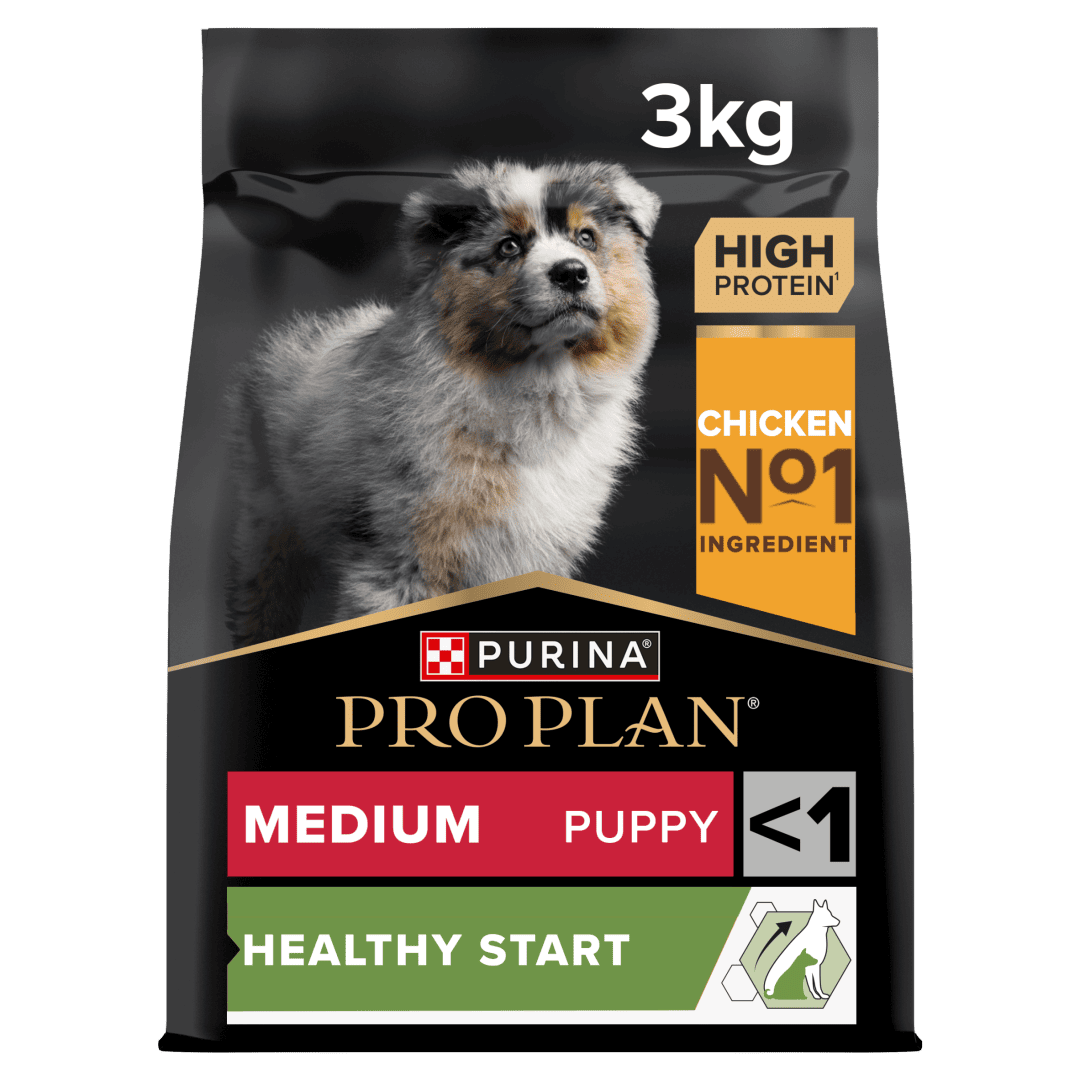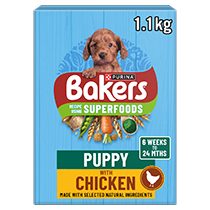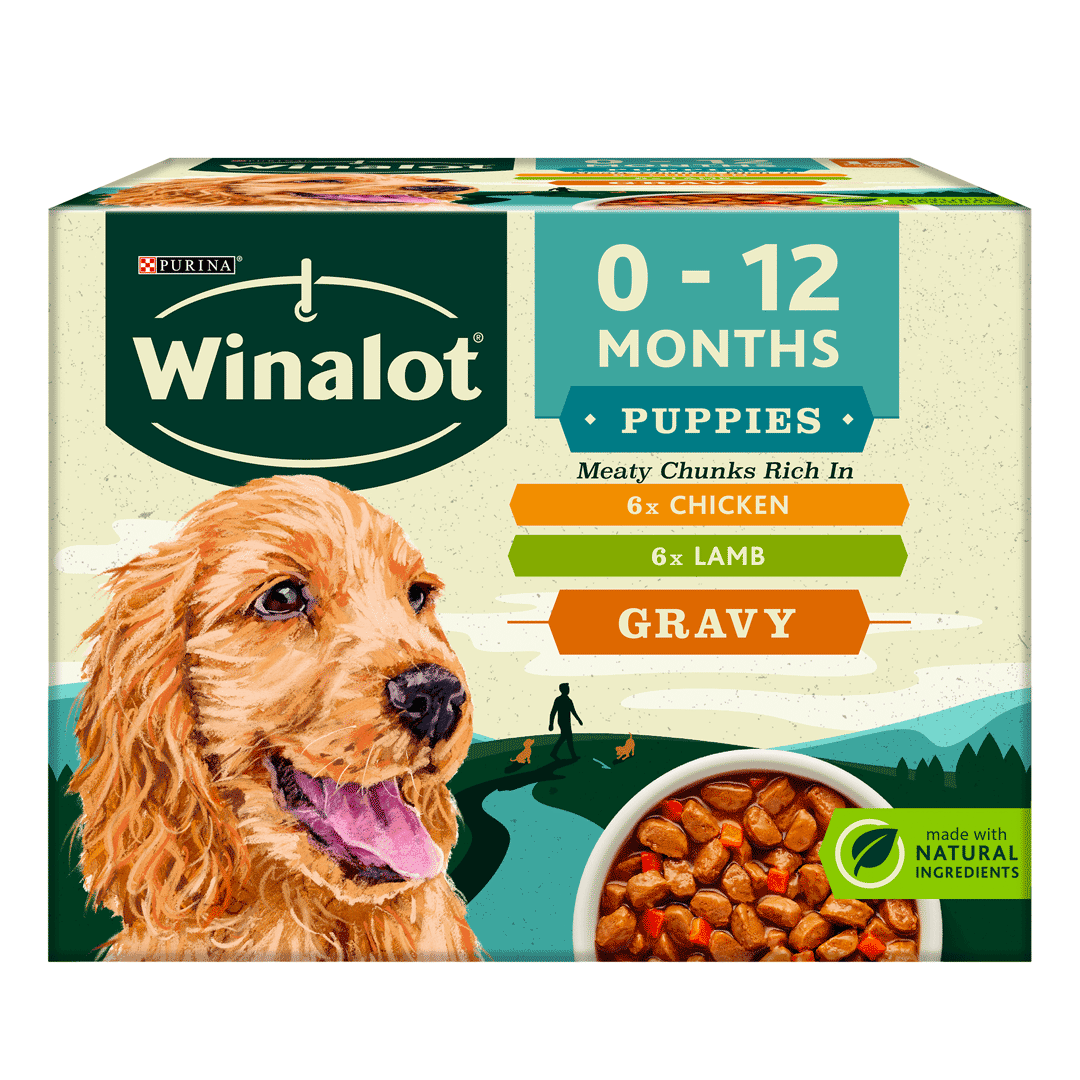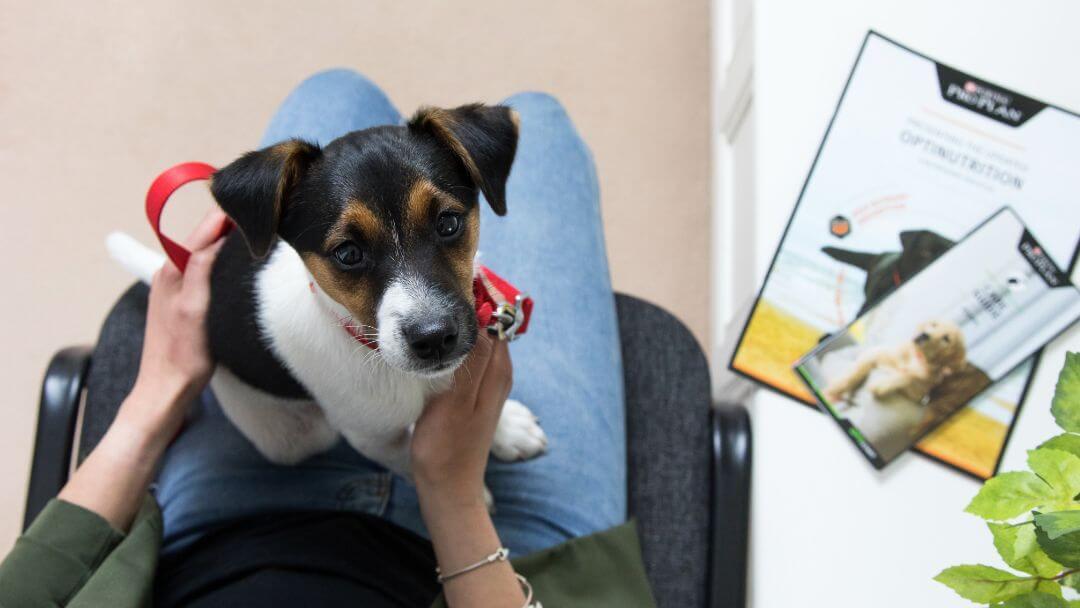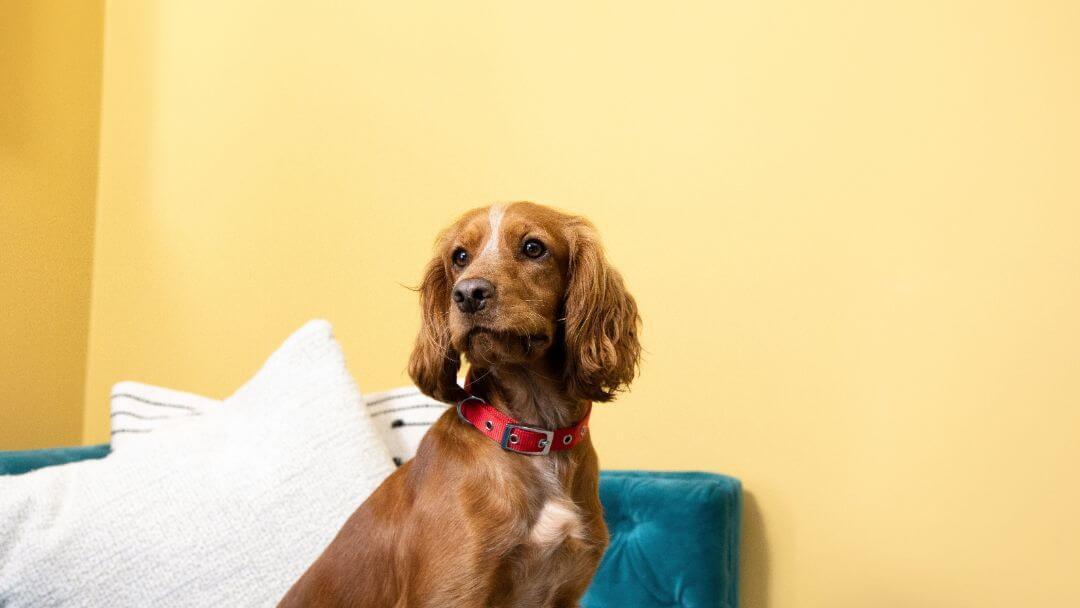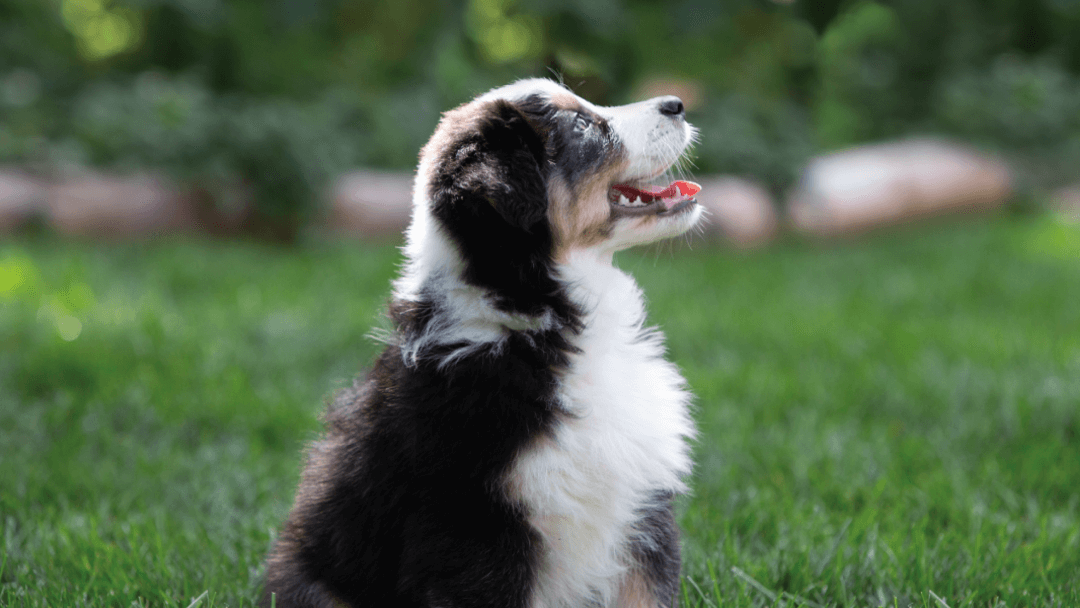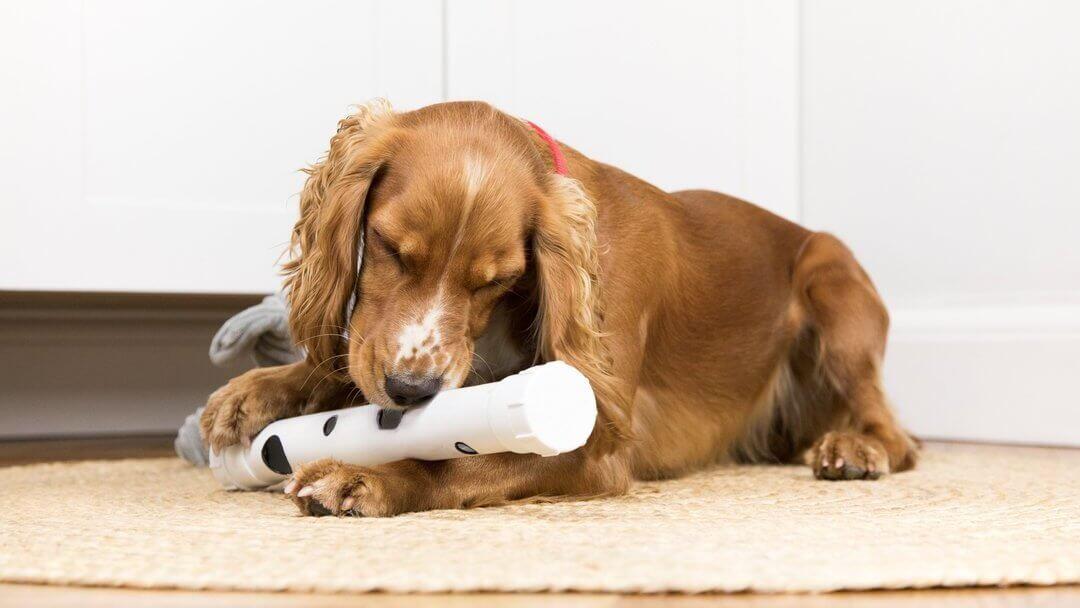

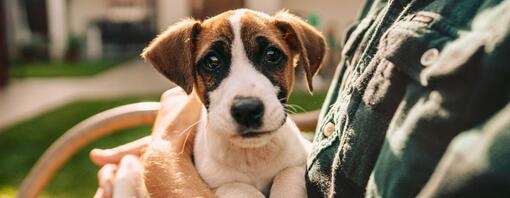
Puppies should be at least 8 weeks old when they leave their breeder to start their new life (and smaller breeds often leave their mums later). At this age they are still too young to be fully vaccinated, but there is no doubt there are some really nasty and sometimes life-threatening diseases out there that a puppy needs to be protected from.
A new owner’s priority is keeping their new arrival safe and healthy - but most people also know that in these early weeks, their puppy is in an important (and short) developmental phase where socialisation and habituation are also vitally important to help them grow up confident, friendly, without fears and phobias, and to reduce occurrence of future behaviour problems.
This is a time when you are trying to positively introduce your pup to all the people, animals, places, experiences and interactions that will be a part of their new life. This balance between health, safety and socialisation is often a tricky one for new owners - as you can’t neglect either - but they can sometimes seem to be in conflict. The good news is that with some careful management and a little ingenuity, they don’t have to be.
Keep reading to find out when puppies can go outside and how to ensure they’re getting enough enrichment, socialisation and experiences before it’s safe for them to venture out into the world.
When can puppies go outside?
Generally, puppies can go outside to public spaces around 2 weeks after their final puppy vaccinations. At this time, their immune response to the vaccinations kicks in and reduces the chances of them catching a disease they’ve been vaccinated against. However, always double check this with your vet as vaccination schedules can vary!
Similarly, when you pick up your puppy from the breeder or rehoming centre, remember to ask what vaccinations they have already had (and check that their mother was also vaccinated) so your vet can continue this protocol, and let you know exactly when it is safe to really start to get your puppy out and about.
How can I toilet train my puppy if they can’t go outside?
Probably the first thing you will be thinking about when wondering “when can my puppy go outside?” is toilet training. Ideally you will have a puppy proofed garden, although they should still be supervised outside at all times. To help reduce the risk of disease, it is important to use a space where no other dogs have access, except ones that you know the vaccination history of - such as your own or other family dogs. While this doesn’t eliminate the chance of your puppy picking up an infectious illness, it does greatly reduce the likelihood of this happening. This way, your puppy is already getting the experience of being outside in a safe environment – with all the sights, sounds and smells that brings.
How can I exercise my puppy if they can’t go for walks?
Don't underestimate how much exercise your baby puppy will get in the house – just wandering around with you, and playing games and with enrichment toys. At this time of their life, they are using a lot of energy growing (hence why they need 20 hours of sleep a day!) and aren’t physically developed enough to do much exercise.
Make the most of all the ‘safe outdoor spaces’ you have around the house - such as back and front gardens, patios etc. They get to walk on different surfaces, see what is going on outside the back door, hear the sounds of the world around them, and begin to get a hint of all the fascinating smells that the great outdoors has to offer.
Play games in your garden, spend time letting your puppy explore and investigate, or just hang out together in the sunshine. You can set up a puppy pen so you can both relax too. Puppies are full of energy, but they tire very easily so exploring the garden and playing with you will be more than enough exercise for them when they are very young.
How can I socialise my puppy if they can’t go out?
Firstly, use any road-facing outdoor space you have (like a driveway) to let your puppy experience as much as you can - such as watching passers-by, traffic, delivery people, local wildlife such as birds, and all the things that they can experience from within a ‘dog free’ (and so as much as possible, ‘disease-free’) area. If other dogs have access to your driveway, make sure you hold your puppy in your arms while you do this and if this area is not fenced off your pup should be securely on a lead.
Don’t underestimate the power of sound within your own home too – you can quietly play road traffic noises or even videos of fireworks gently in the background at first. Then, as long as your puppy is relaxed, you can increase the volume a little, taking a phased approach. Remember this should never reach excessive volumes and it is best to keep training sessions short and sweet.
While this is a good start, there is much more out there that your puppy needs to see and experience in these early ‘pre-vaccination’ weeks. Keep in mind that behavioural problems down the line are still a leading cause of dogs needing to be rehomed - so you need to balance safety with socialisation and if in doubt you can speak to a qualified canine behaviourist for extra advice and tips.
Carry or hold your puppy
Go on lots of outings to a variety of places where you can carry or hold your puppy so they can see, hear, smell and experience all the things their new life holds from relative safety. As they are not yet sufficiently protected against disease, they can’t interact with other dogs or people (certain diseases may be carried by dog owners as well as well as their dogs) - or put their paws on the floor - but this early exposure to a variety of places and experiences can be invaluable in their social development. The more things a puppy encounters in a positive way in these early weeks, the better for their future development and behaviour.
These outings can be anywhere from the park to watch people and other dogs, to standing in the street and watching traffic from a distance, to going to the pub, to sitting outside coffee shops, to short trips on public transport, going to the beach or woods, or just out for a drive… Anything you can think of that is going to be part of your dog’s future life - and where you can hold and carry them throughout.
Make sure admirers keep their distance
An issue of course is that a tiny puppy is a people magnet - and you will find that every time you go out, people will be desperate to interact with your puppy! It’s up to you to prevent this! Yes, you’ll feel like the bad guy but there are two very important reasons for ensuring that people admire them from a distance.
First, there is a slight possibility of transference if these people have been in contact with a dog who is carrying any of the diseases routinely vaccinated against. And secondly, all your socialisation needs to be positive, and for a young puppy having strange people touching and stroking them can be worrying or even frightening - especially when they are being held and can’t retreat if they feel they need to. Imagine if someone held on to you and prevented you from moving while total strangers stroked your hair and tried to hug you. Both scary and creepy!
It’s far better these first experiences with strangers are totally ‘hands off’ ones so your puppy can gain confidence with new people from a safe distance - and begins to trust you not to put them in worrying situations.
There are ways to combine socialisation and habituation with vaccinations and disease prevention - and for a happy, healthy puppy, both are equally important.
Now you know when you can take your puppy outside! Want more puppy advice and tips? Read our guide on what to expect from your puppy’s first visit to the vet, next.

